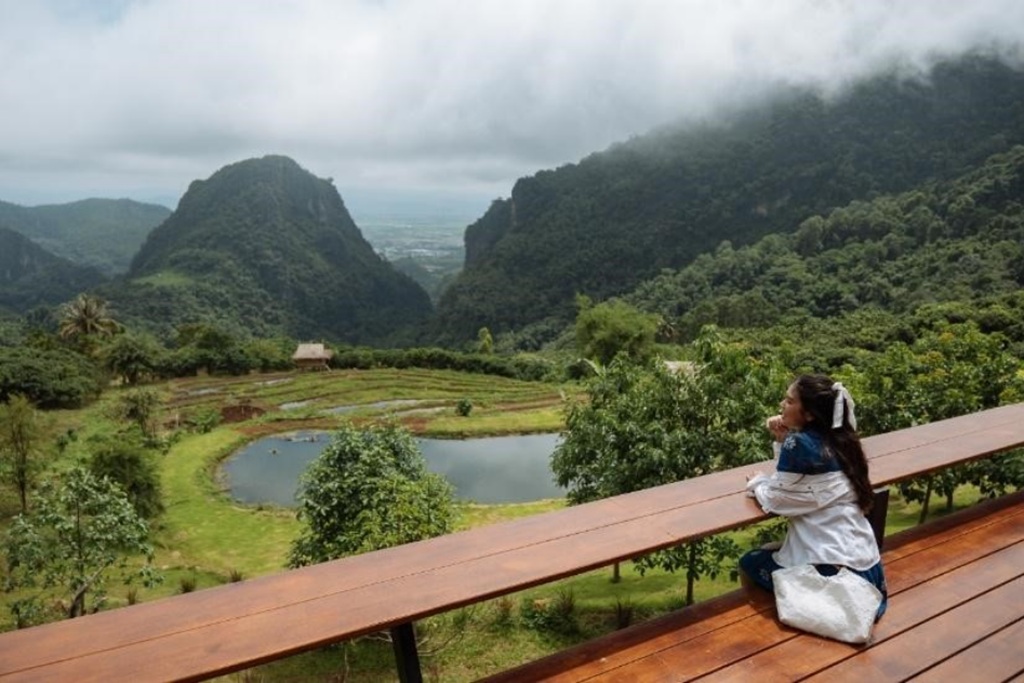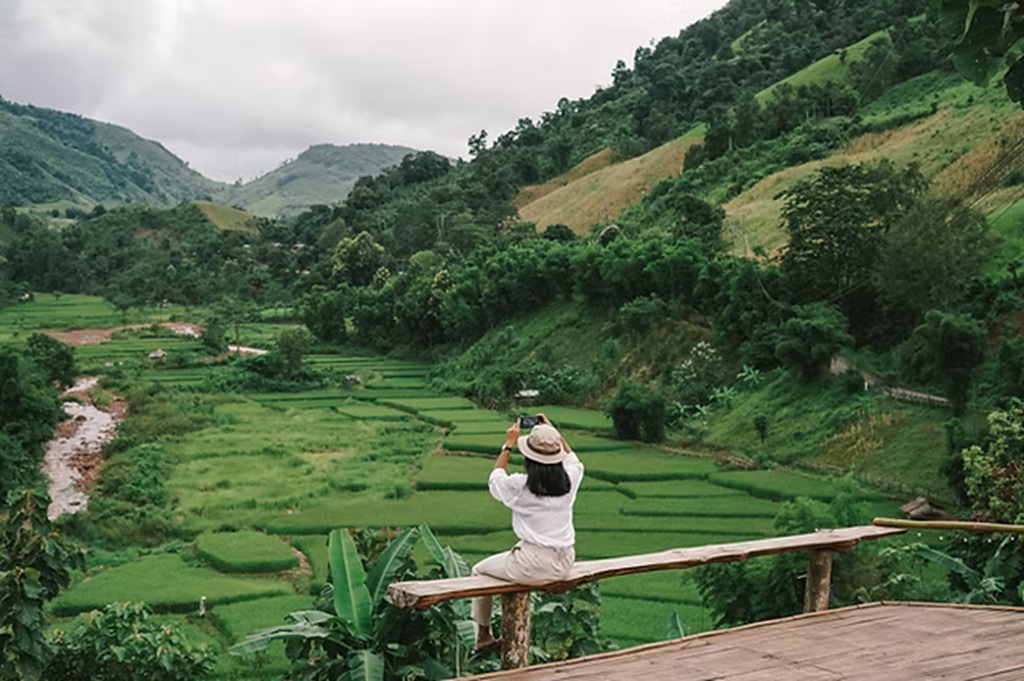BANGKOK – Thailand is taking steps to boost domestic tourism with the Tourism Authority of Thailand (TAT) launching its new “Half-Half Travel Thailand” scheme on 1 July 2025. Supported by a 1.75 billion baht (around $54 million) budget, this initiative is designed to inspire more Thais to travel within the country during the quieter months.
With fewer international visitors expected, the government is relying on local travel to help support the economy and businesses still feeling the effects of the pandemic.
The Half-Half Travel Thailand scheme forms part of a wider 115 billion baht (about $3.5 billion) economic stimulus plan approved by the Cabinet on 24 June 2025. It targets the slow travel season from July to October with a range of incentives.
Thai citizens aged 18 and above can register for up to 500,000 travel packages, unlocking generous discounts on hotels and attractions. The offer covers 50% of hotel costs (up to 3,000 baht per night) for stays in secondary cities during weekdays, and 40% for weekends or major cities, with a five-night maximum per traveller.
Guests also receive 500 baht digital coupons to spend at select restaurants, OTOP (One Tambon One Product) shops, attractions, spas, and transport rental services.
This push aims to generate around 2.67 million domestic trips, which could bring in more than 35 billion baht (roughly $1 billion) and help protect about 40,000 jobs in Thailand’s travel and hospitality sector.
Discovering Green Destinations in Thailand
By focusing on lesser-known green destinations like Chiang Rai, Nan, Loei, Lampang, and Trang, the plan spreads the benefits rather than concentrating them in high-traffic areas such as Bangkok, Phuket, and Chiang Mai. This approach takes some pressure off crowded spots and encourages visitors to discover new places.
The first round of registration on 24 June saw heavy traffic that caused the Amazing Thailand app to crash.
TAT has now reset public registration for 1 July at 8:00 AM Thai time, with travel dates running from 4 July to 31 October 2025. Hotels, restaurants and tour companies have been able to sign up as partners since 25 June, expanding the list of available options for participants.
Thailand is adjusting its expectations for international arrivals in 2025. The Tourism and Sports Ministry now expects 35.5 million foreign tourists and 2 trillion baht (about $60 billion) in revenue, a drop from earlier goals of 39 million arrivals and 2.3 trillion baht.
Slower recovery from China, concerns over safety, and competition from places like Japan and Vietnam have all affected these targets.
Chinese tourists, once Thailand’s largest group of visitors, numbered 6.73 million in 2024, making up only 60% of pre-pandemic levels. Recent incidents near the Myanmar border and a collapsed construction site in Bangkok have raised safety concerns, which have been widely discussed on social media, reducing Chinese interest in visiting.
TAT is planning roadshows across China’s regional cities and will host the Chinese Minister of Culture and Tourism in July 2025 to celebrate 50 years of diplomatic ties, hoping to restore confidence.
Other challenges include slower global growth, a strong Thai baht, and easier visa rules in competing countries. In response, Thailand is attracting high-spending travellers from Europe and the Middle East.
The opening months of 2025 saw 9.5 million international visitors, up 2% from 2024, bringing in 463 billion baht (about $14 billion).
Backing Homegrown Tourism
Shifting focus to domestic travel is a practical step given the worldwide uncertainty. Tourism remains a major part of Thailand’s economy, and with fewer overseas guests, local travellers play a key role.
The Half-Half scheme follows the earlier “We Travel Together” programme from the pandemic, which offered 40% discounts and led to millions of trips.
The new scheme raises the subsidy to 50% for less well-known towns and encourages weekday travel, aiming to drive more spending in quieter spots and ease the load on busy cities.
TAT Governor Thapanee Kiatphaibool highlighted the scheme as a way to build local pride and support neighbourhood businesses. The programme utilizes easy-to-navigate digital tools, including the Amazing Thailand app and a dedicated website, making it straightforward for users to redeem digital coupons and locate participating venues.
Promoting domestic travel also matches Thailand’s long-term plans for more sustainable tourism. Steering visitors to less busy times and places helps protect the environment and supports areas unused to large crowds.
Including OTOP shops means local crafts and communities will see more benefits, helping preserve Thailand’s unique culture.
As the country gears up for the “Amazing Thailand Grand Tourism and Sports Year 2025,” the Half-Half Travel scheme is set to play a key role. Even with international visits below past peaks, the government’s focus on domestic journeys shows strong faith in local explorers.
With registration opening soon, Thai residents are encouraged to sign up quickly and enjoy affordable getaways, whether they want to relax on Krabi’s beaches or experience the culture in Chiang Rai. The Half-Half Travel Thailand scheme looks set to bring new energy to travel in 2025, helping both visitors and the wider economy.
















